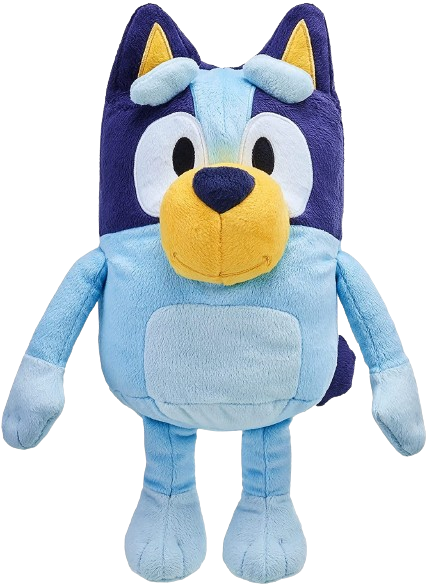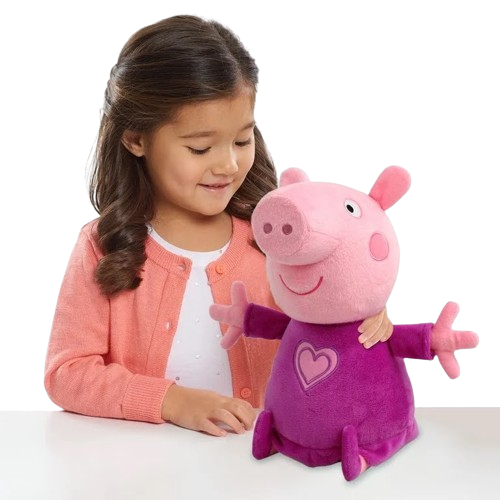

In recent years there has been a significant rise in the popularity of the representation of TV/movie characters in toy form. Toys like Funko Pop! Vinyl figurines have become a staple; from movies, TV shows, video games and other areas of pop culture (ArToys, 2023). Such things have become so popular in recent years that companies like Funko Pop! Create figurines specifically for events such as comic-con designed to reward the faithful who attend these kinds of events (Howe, 2017, 35). Moreover, these specially made figurines are made in a limited amount which makes the toys sell quickly and collectors lunge for them before they sell out. As a matter of fact, some of these figurines generate so much buzz in the fandoms that they can be sold for more than $20,000 (Uhlig, 2022). The fast rise to popularity of the representation of TV/movie characters into toys has no doubt influenced the toy industry with a driving demand for specific products (Escurignan, 2017).
Furthermore, the rise in popularity of TV shows and movies characters being made into toys is influenced by the concept of ‘toyetic’ (Escurignan, 2017). The concept of ‘toyetic’ of a film or television series is to have the potential of generating consumer interest in merchandise, such as toys, games and collectibles (Escurignan, 2017). Today, few are pop culture events, new TV series, movies, video games and even celebrities that are not represented in merchandise and toys. This market of toys and collectibles, influenced by ‘toyetic’, piggybacks on the concept of nostalgia by recalling

past joys centred around favourite characters and tapping into the emotions of consumers. Moreover, movie tie-in figurines and plush toy
s lead to a surge in sales by sparking emotional connections in consumers leading to a rise in sales (Rachid, 2024). Through the influence of the media and of social media, the creation of plush toys resembling famous on-screen personalities and characters from movies and TV series, highlighting the strong connection between media and toy trends and demands (Escurignan, 2017).
As showcased through Figures 1 and 2, children are able to have plush toys of their favourite characters. Children are able to continue to have relationships with their favourite characters in toy form thus driving the sales of toys up.